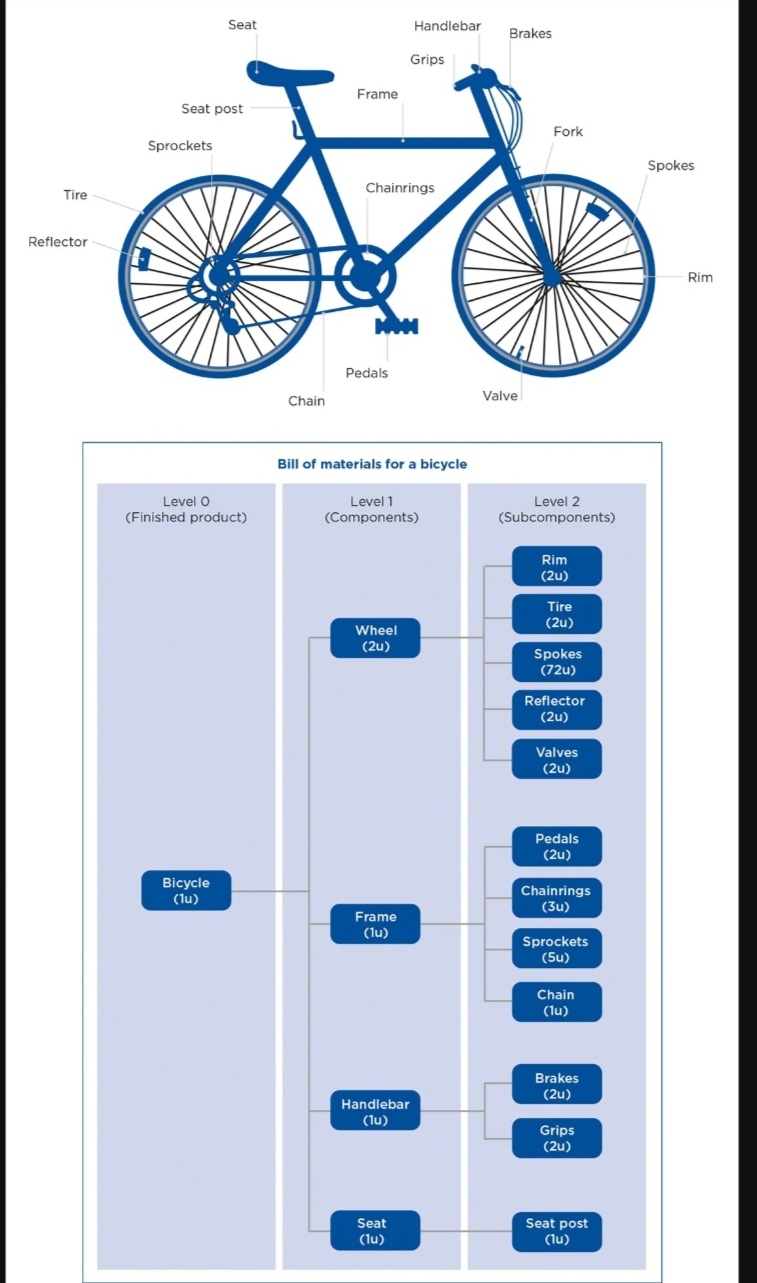Indian banks consider various
ratios while evaluating financing requests. These ratios help banks assess the
creditworthiness, financial health, and repayment capacity of borrowers.
Although specific ratios may vary among banks and depending on the type of
financing, here are some commonly considered ratios in India:
1. Debt-Service Coverage Ratio (DSCR):
DSCR measures the borrower's ability to generate sufficient cash flow to cover
debt obligations. It is calculated by dividing the borrower's annual net
operating income by the annual debt service (principal and interest payments).
A higher DSCR indicates better repayment capacity. A DSCR of 1.5 or higher is
generally considered favorable. It indicates that the borrower's cash flow is
at least 1.5 times the debt service obligations, demonstrating a stronger
capacity to repay the loan.
2.
Loan-to-Value Ratio (LTV): LTV ratio
is used in asset-based financing, such as housing loans. It measures the
percentage of the loan amount in relation to the appraised value of the
underlying asset. A lower LTV ratio is preferred as it signifies lower risk for
the bank In housing loans, an LTV ratio of 75% or lower is often preferred. It
means the loan amount is up to 75% of the property's appraised value, providing
a cushion in case of market fluctuations.
3.
Current Ratio: The current ratio
assesses a borrower's short-term liquidity by comparing current assets to
current liabilities. It is calculated by dividing current assets by current
liabilities. A higher current ratio indicates better liquidity and repayment
capacity. A current ratio of 1.5 or higher is considered healthy. It suggests
that the borrower has sufficient current assets to cover current liabilities
and meet short-term obligations.
4.
Debt-to-Equity Ratio: This ratio
measures the proportion of debt financing to equity financing in a company's
capital structure. It is calculated by dividing total debt by total equity. A
lower debt-to-equity ratio signifies a lower risk for the bank. The ideal
debt-to-equity ratio depends on the industry and risk profile of the borrower.
However, a lower debt-to-equity ratio, generally below 2.0, is often favored as
it indicates a lower level of financial leverage and a stronger equity base.
5.
Return on Equity (ROE): ROE is a
profitability ratio that indicates the return generated on shareholders'
equity. It is calculated by dividing net income by average shareholders'
equity. A higher ROE indicates better financial performance and repayment
capacity. A higher ROE is typically desirable, indicating better profitability.
The optimum level of ROE varies across industries, but a ROE higher than the
industry average is often considered favorable.
6.
Gross and Net NPA Ratio:
Non-Performing Assets (NPA) ratios measure the quality of a bank's loan
portfolio. Gross NPA ratio is calculated by dividing gross NPAs by total
advances, while net NPA ratio considers provisions made by the bank for
potential loan losses. Lower NPA ratios reflect better asset quality and risk
management. Lower NPA ratios are preferred by banks. While there is no specific
threshold for the optimum level, banks aim to maintain gross NPA ratios below
5% and net NPA ratios below 3% to ensure asset quality and mitigate risk.
7.
Earnings Before Interest, Taxes,
Depreciation, and Amortization (EBITDA) Margin: EBITDA margin assesses a
borrower's operating profitability by measuring earnings before certain expenses.
It is calculated by dividing EBITDA by total revenue. A higher EBITDA margin
indicates better operational performance and repayment capacity. A higher
EBITDA margin is generally preferred, indicating stronger operational
profitability. The optimum level varies across industries, but a higher margin
than the industry average is often considered favorable.
These ratios provide a snapshot
of a borrower's financial health and repayment ability. Banks use them
alongside other factors such as credit history, collateral, industry analysis,
and cash flow projections to evaluate financing requests in India. It's
important to note that different banks may have variations in the specific
ratios they prioritize or their acceptable ranges depending on their internal
risk assessment policies. It is also important to note that these are general
guidelines, and actual optimum levels may vary depending on the specific
circumstances, industry norms, and risk assessment policies of individual
banks. Borrowers should consult with the respective lending institution to
understand their specific requirements and expectations regarding these ratios.

